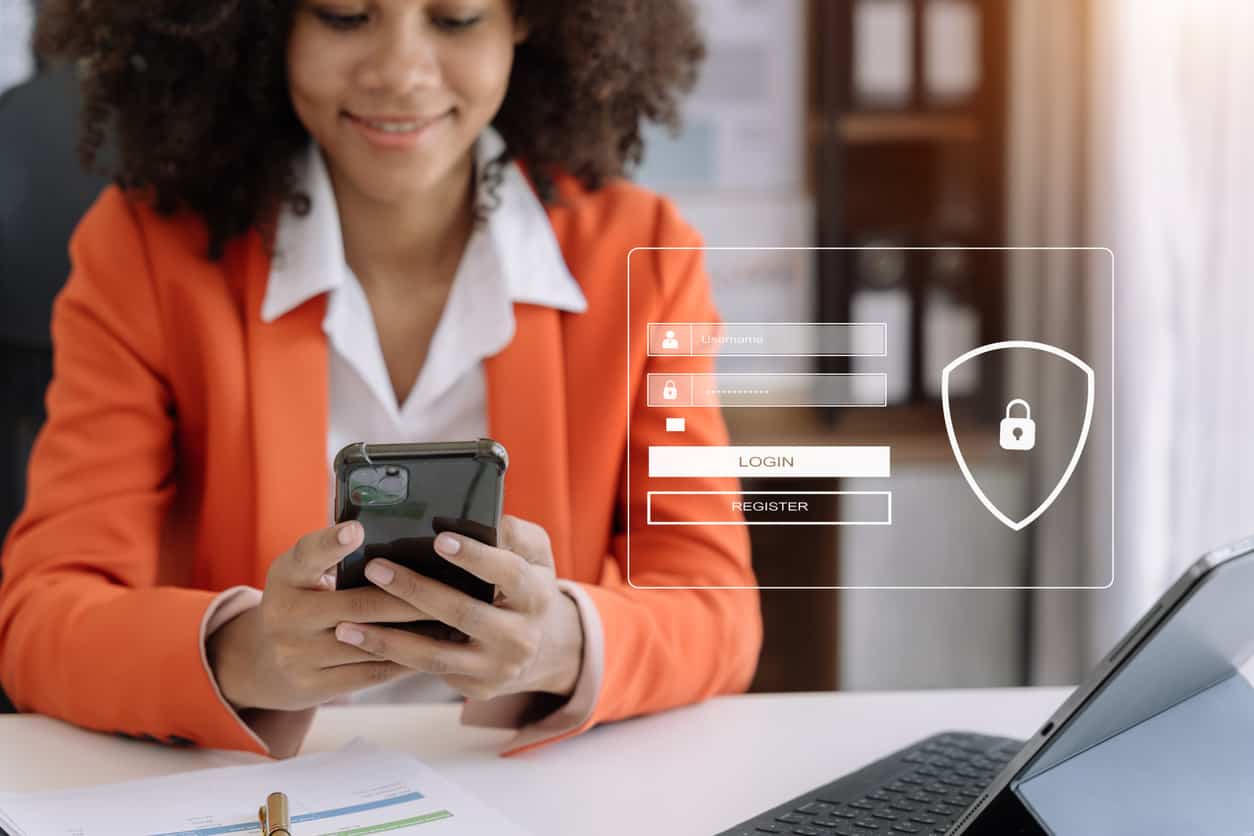New guidelines broaden the reach of cybersecurity protection.
Last week, the National Institute for Standards and Technology (NIST) released version 2.0 of its Cybersecurity Framework (CSF), a set of standards, guidelines, and best practices originally issued in 2014. This federal guidance is aimed at American businesses of all sizes, promoting digital resilience as a competitive advantage—and a bulwark against increasing cybersecurity risk.
After reviewing a year’s worth of feedback from companies in critical sectors like energy, finance, and health care, the NIST’s new advice better reflects today’s changing online landscape. It makes the implementation of cybersecurity solutions easier, provides actionable advice about supply chain disruptions, and broadens the scope of digital governance to organizations in every industry.
Beyond basic cybersecurity
This comprehensive approach could be the proverbial tide that lifts all boats, applying a unified set of standards to digital protection across the American business landscape. It also aligns with the proactive stance that managed service providers like CMIT Solutions have taken for decades. We believe (and the NIST agrees) that IT problems should never be addressed reactively, or after they happen. Instead, they should be anticipated, avoided, and averted before disaster strikes.
That idea is a key pillar of the concept of digital resilience, often defined as the ability to prevent, respond, and quickly recover from events that have the potential to disrupt regular business operations. Elevating cybersecurity means thinking about digital risk every day, which sounds stressful but can actually empower companies to make strategic choices that lead to sustained growth and success.
An important cybersecurity update
The NIST recommends that businesses consider CSF 2.0 in their long-term plans. Just like how individual users must patch and update the software running their systems, devices, and applications, policies and protocols need to be updated, too. At CMIT Solutions, we do that by adapting cybersecurity plans, applying the latest best practices, and monitoring digital threats.
That’s the benefit of working with a trusted IT provider: you get industry expertise and elite customer service wrapped in a reliable package. Here are a few of our other recommendations for achieving digital resilience and protecting your business now and in the future:
- Provide cybersecurity training that focuses on specific risks. Many of the most common cybersecurity problems occur due to human error: inadvertently clicking on a malicious website link, accidentally opening an infected attachment, or supplying private information to a scammer posing as a co-worker or professional peer. Targeted employee training that’s updated regularly as new threats emerge can empower your employees to act as a first line of cybersecurity defense. Simulations of phishing or social engineering attacks can help employees more easily spot such scams in the wild. And understanding what happens when a spam email is flagged or reported as junk can give staffers more incentive to act.
- Make sure reliable, remote, and redundant data backups are executed regularly. This IT service might be the one that addresses the most significant digital risk. Many of the worst cyberattacks are successful simply because companies don’t have access to extra copies of relevant data and feel they must make a desperate payment of thousands of dollars of ransom to retrieve stolen or encrypted information. With reliable backups executed regularly and stored remotely, your company can survive anything: malicious attacks, hardware failure, and even natural disasters. The investment is worth it, too, as only one or two days of significant data downtime can affect employee productivity and your company’s bottom line.
- Protect every device used by every employee. Remote work is a norm now, so laptops, tablets, smartphones, routers, and hard drives are being transported home or used on the road. And that means more and more devices are at risk. Hackers will often target a company’s least-protected machine and try to infiltrate that first, exploiting the smallest vulnerability. As a business owner or manager, you’re responsible for securing the devices used by remote and hybrid employees, protecting company data everywhere it lives, and constantly looking for vulnerabilities that can expose a company’s entire network.
- Work with someone that understands your business. The NISFT’s new Cybersecurity Framework is a voluntary protocol, but some industries will need to adopt it faster or more comprehensively than others. An experienced IT provider like CMIT Solutions can recommend the right steps to solve short-term problems while planning for long-term success. We can relieve the burden on overworked employees who’ve been trying to fix tech problems in their free time. We can prevent sophisticated ransomware attacks, update outdated operating systems, and make sure cloud accounts sync properly.
In short, we can do it all. As cybersecurity threats evolve and online dangers increase, your business deserves dedicated IT support that’s affordable, reliable, and managed by a trusted provider. Digital resilience doesn’t come easy, but it’s a must for today’s organizations.
Need help understanding cybersecurity guidelines? Want to make sure your policies align with the new NIST CSF? Ready to enhance your business’s cybersecurity? Contact CMIT Solutions today for expert guidance. We decipher industry news, defend your data, and protect your systems from digital risk.

